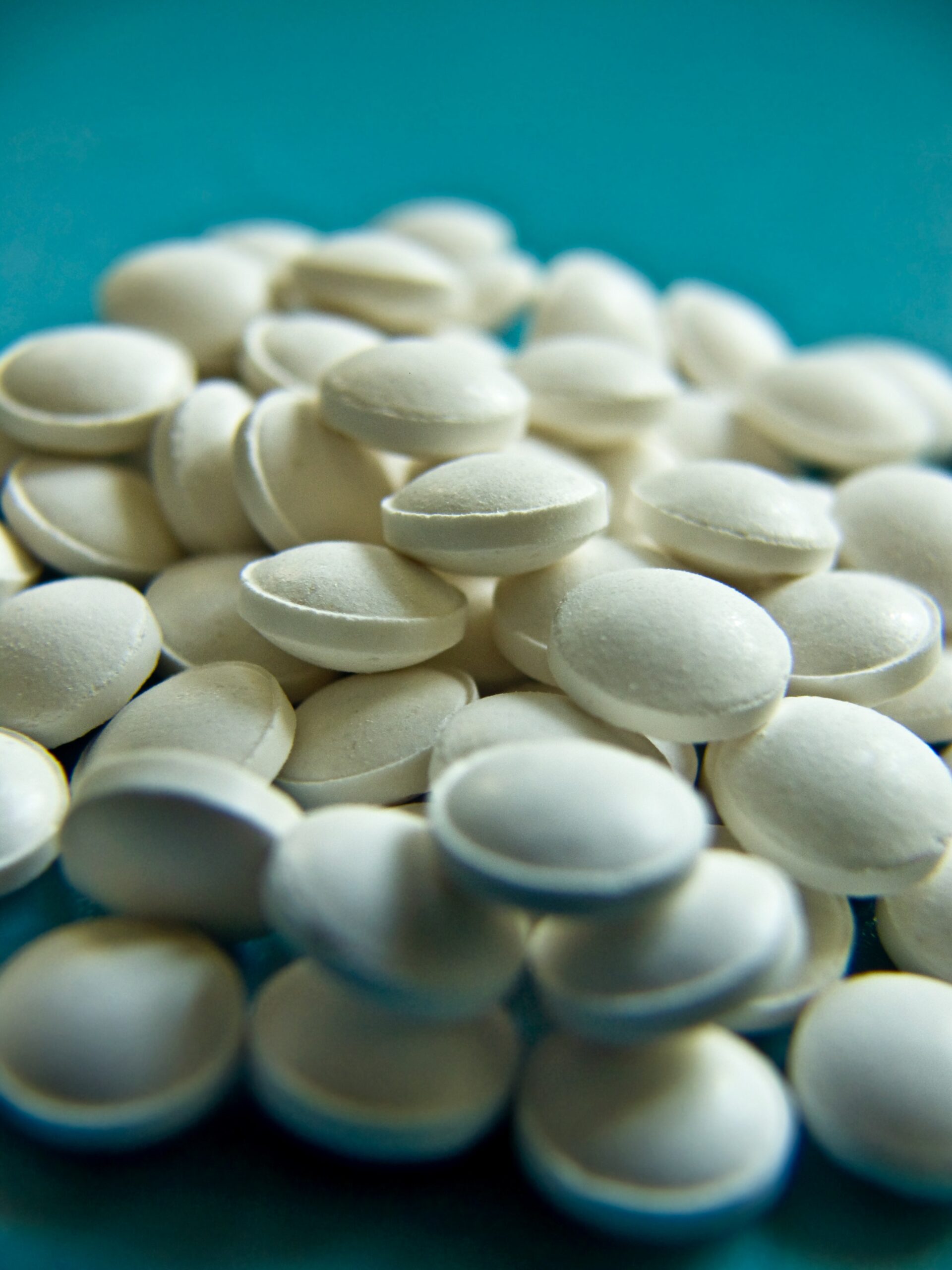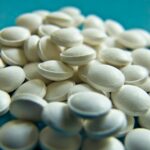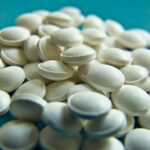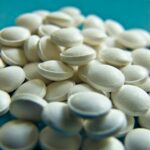In the ever-evolving world of fitness and athletic performance, the line between supplements and substances can often blur, leaving many questioning the nature of the tools they use to enhance their prowess. Among the most commonly misconstrued compounds is creatine, an acclaimed aid in muscle development and exercise performance.
Yet, some persistent myths persist, including one that often looms large: Is creatine a steroid? In this exploration, we embark on a journey to dissect the science, dispel the misconceptions, and definitively answer this intriguing question. Brace yourself for an illuminating voyage into the realms of physiology, chemistry, and sports science as we uncover the truth behind creatine and its relationship with the world of steroids.
Is Creatine A Steroid?
Creatine is a naturally occurring compound found within the human body, primarily stored in our muscles, where it plays a vital role in energy metabolism. To grasp the essence of creatine and its significance, it’s essential to delve into its origins, its inherent presence in our physiology, and how it fuels our cells.
What is Creatine? Creatine is a nitrogenous organic acid that is composed of three amino acids: arginine, glycine, and methionine. It’s synthesized predominantly in the liver, but smaller quantities are also produced in the kidneys and pancreas. While our bodies generate creatine, it can also be obtained from dietary sources, particularly those of animal origin. Foods like red meat, poultry, fish, and dairy products are rich sources of creatine.
- Vitamin D Shocking Benefits For Mental Health
- Will Getting Enough Vitamin D Help With Sleeping?
- Does Vitamin D Supplements Boost Testosterone
Natural Occurrence in the Body: Creatine’s natural occurrence is predominantly within the skeletal muscles, where approximately 95% of the body’s total creatine stores are found. The remaining 5% is distributed in other tissues, including the brain. In muscles, creatine exists in two forms: free creatine and creatine phosphate.
Role in Energy Metabolism: Creatine’s primary role is to act as a rapid source of energy during short bursts of intense physical activity. It achieves this through its interaction with adenosine triphosphate (ATP), the molecule responsible for storing and transferring energy within cells.
Here’s how it works:
ATP and Energy: During high-intensity activities such as weightlifting or sprinting, the muscles require a quick burst of energy. ATP provides this energy but is rapidly depleted.
Creatine’s Role: Creatine steps in by donating a phosphate group to adenosine diphosphate (ADP), converting it back into ATP. This process, known as ATP resynthesis, happens swiftly and allows the muscles to maintain their energy levels for short bursts of activity.
Muscle Contraction: With a replenished ATP supply, the muscles can continue contracting forcefully, enabling you to lift heavier weights, sprint faster, or perform explosive movements.
Recovery: After the high-intensity activity ends, creatine phosphate levels are restored during periods of rest and recovery. This process ensures that creatine is available for the next bout of intense exercise.
In essence, creatine serves as a crucial buffer for the rapid production of ATP during intense physical efforts, allowing muscles to perform at their peak capacity for short durations. This mechanism is what makes creatine an indispensable tool for athletes, bodybuilders, and fitness enthusiasts aiming to push their physical limits and achieve their performance goals.
In conclusion, creatine is not just a supplement; it’s a fundamental part of our body’s energy metabolism system. Its natural presence in our muscles, coupled with its role in rapidly regenerating ATP, makes it a key player in fueling high-intensity activities and optimizing physical performance. Understanding the science behind creatine is the first step in harnessing its benefits for improved athletic achievements and muscle growth.





